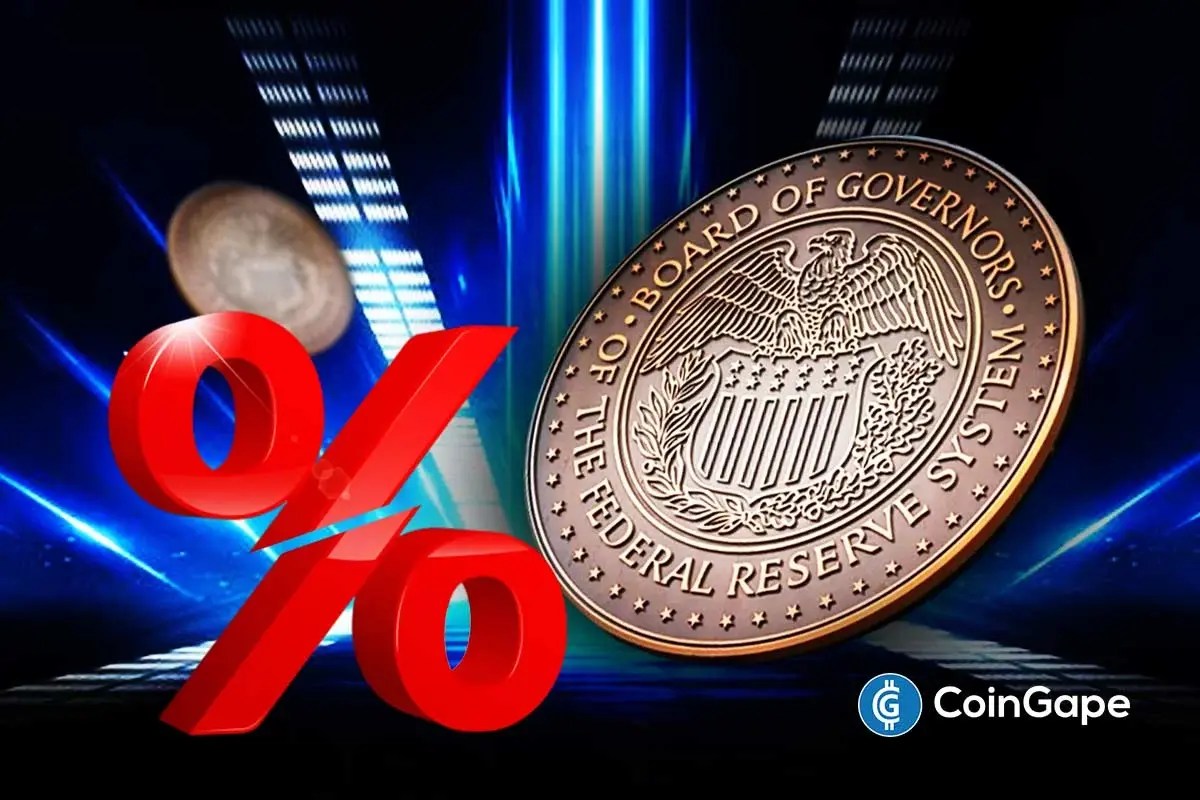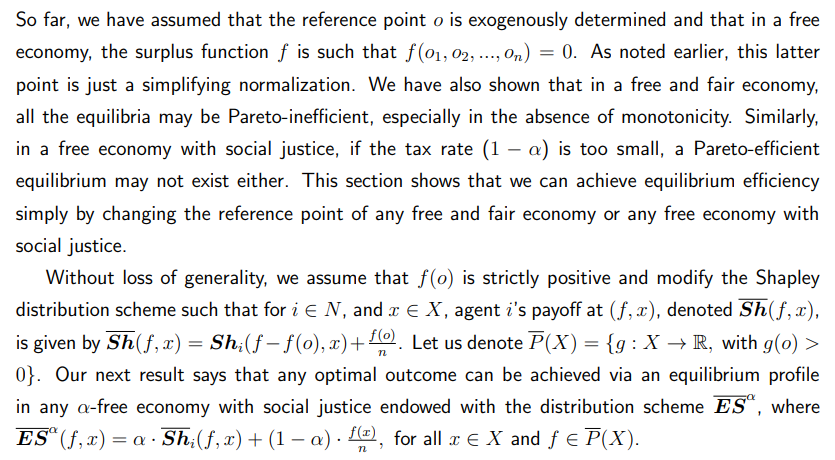U.S. House Resurfaces Anti-CBDC Bill in CLARITY Act, Preparing for Senate Review
U.S. House reattaches Anti-CBDC bill to CLARITY Act, streamlining crypto regulations and CBDC restrictions before Senate review.
The U.S. House of Representatives has reintroduced the Anti-CBDC bill by reattaching it to the CLARITY Act. This procedural move aims to streamline the review process in the Senate.
It follows earlier efforts to include the Anti-CBDC provisions in the defense spending bill. Now, by merging the two, the House hopes to accelerate progress on crypto regulation and restrict the development of central bank digital currencies (CBDCs).
House Combines Anti-CBDC Bill with CLARITY Act
The decision to reattach the Anti-CBDC bill to the CLARITY Act comes after a previous attempt to separate the two. In July, lawmakers chose to attach the Anti-CBDC provisions to the defense spending bill, but that decision has now been reversed.
According to business journalist Eleanor Terrett, by linking the measures together now, the House aims to streamline crypto market reforms.
By combining the bills, the House aims to present a unified approach to regulating crypto markets and preventing the rollout of a Federal Reserve-issued digital dollar.
This consolidation seeks to simplify the legislative process. The combined bill now moves to the Senate with both crypto regulations and anti-CBDC measures in place.
The move reflects lawmakers’ desire to streamline digital asset regulations while addressing concerns about government-controlled digital money.
Senate to Review Combined Crypto Legislation
Now that the Anti-CBDC bill has been merged with the CLARITY Act, it moves forward for Senate review.
Senate lawmakers, including both Democrats and Republicans, have shown interest in advancing crypto reforms. The Senate’s involvement is essential in determining the final shape of the legislation, as they could make amendments or adjustments before it becomes law.
While the House has already voted to combine the bills, the outcome in the Senate remains uncertain.
However, the merger of the bills signals that both chambers of Congress are aligned on the need to regulate digital assets and limit the development of central bank digital currencies. This move sets the stage for broader debates in the Senate on the future of cryptocurrency regulations.
Bipartisan Support for Crypto Regulation and CBDC Limits
The reattachment of the Anti-CBDC bill to the CLARITY Act reflects a growing bipartisan effort to address the risks of CBDCs. Lawmakers from both political parties have raised concerns about the potential impact of a digital dollar on privacy and financial freedom.
The inclusion of anti-CBDC provisions in the combined bill is seen as an important step in preventing the government from centralizing control over digital currencies.
Additionally, the push for clearer crypto regulations and CBDC restrictions highlights the increasing international cooperation on digital asset oversight.
The U.S. and the U.K. are aligning their efforts to create comprehensive frameworks for regulating cryptocurrency. The combined bill now moves forward, signaling progress on creating clearer rules for digital assets in the U.S.
You May Also Like

Fed Makes First Rate Cut of the Year, Lowers Rates by 25 Bps

Crypto custody firm Anchorage Digital has applied for a master account with the Federal Reserve
